Mass timber, also known as cross-laminated timber or CLT is becoming a mainstream building material. What is it? It is basically plywood on steroids.
Plywood is made of thin layers of wood crisscrossed at ninety degrees and built into four by eight-foot sheets that are one quarter to three-quarter inches thick. Mass Timber uses two by four-inch or similar material glued together in long lengths to create large panels three, five, seven or nine layers thick. The panels can also be held together with nails, dowels or screws. These panels are of different thickness depending on the needs for construction.
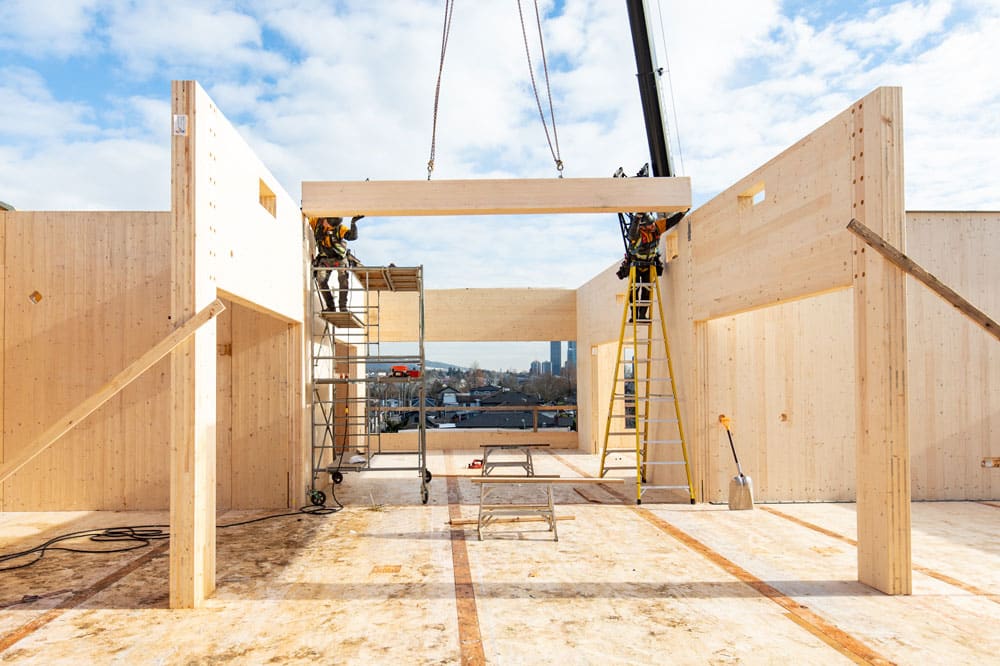
BENEFITS
Versatile for designing
The mass timber material can be made into beams, roof rafters and columns; floor, roof and wall panels; and more. It can be used in conjunction with post and beam, steel, glass and concrete. Due to the aesthetically pleasing look of mass timber, it can be left exposed in many cases. This avoids using interior finish materials.
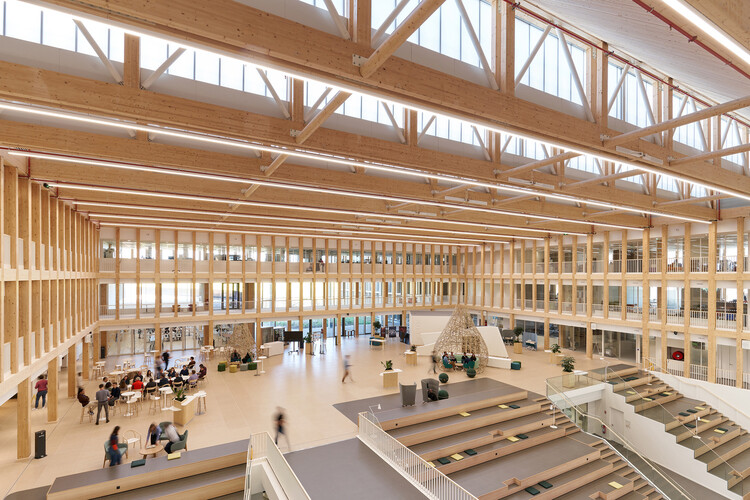
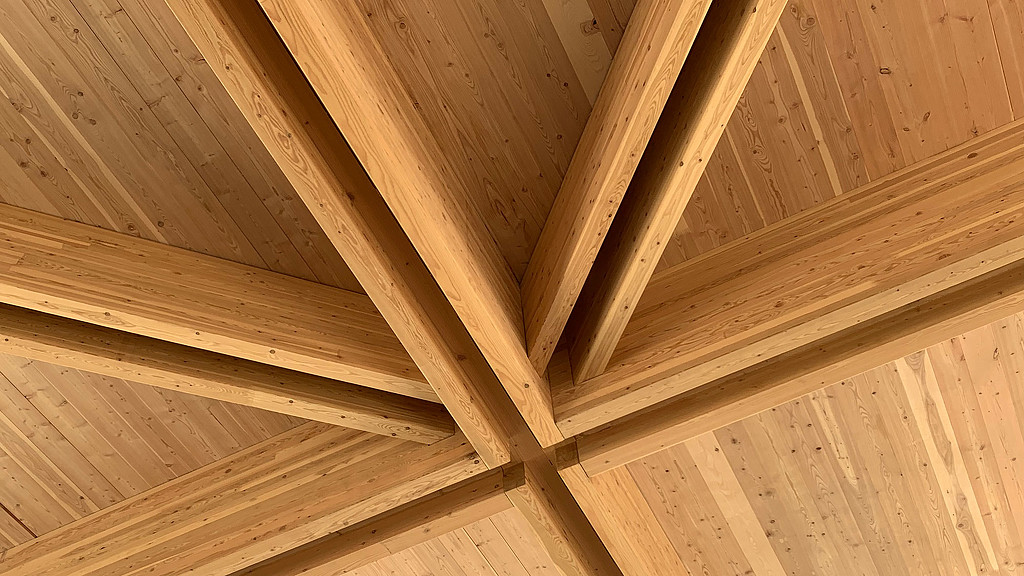
Speeds up construction projects and reduces costs
The beauty of the panels is that they are assembled off-site. Because wood is lighter it requires less foundation requirements. Once the material is on-site the structure goes up quicker than conventional construction using less workers. The panels just need to be fit together like a giant 3D jigsaw puzzle. This all saves time and money.
Environmentally friendly
Mass timber can take the place of heavier, less environmentally friendly materials. Materials like steel and cement require more energy to make and thus have a larger carbon footprint than mass timber. The trees used in the construction of mass timber remove carbon from the atmosphere. Mass timber is a way to store that carbon for the life of the building, thus helping to reduce carbon in the atmosphere.
Improves health and wellness of occupants
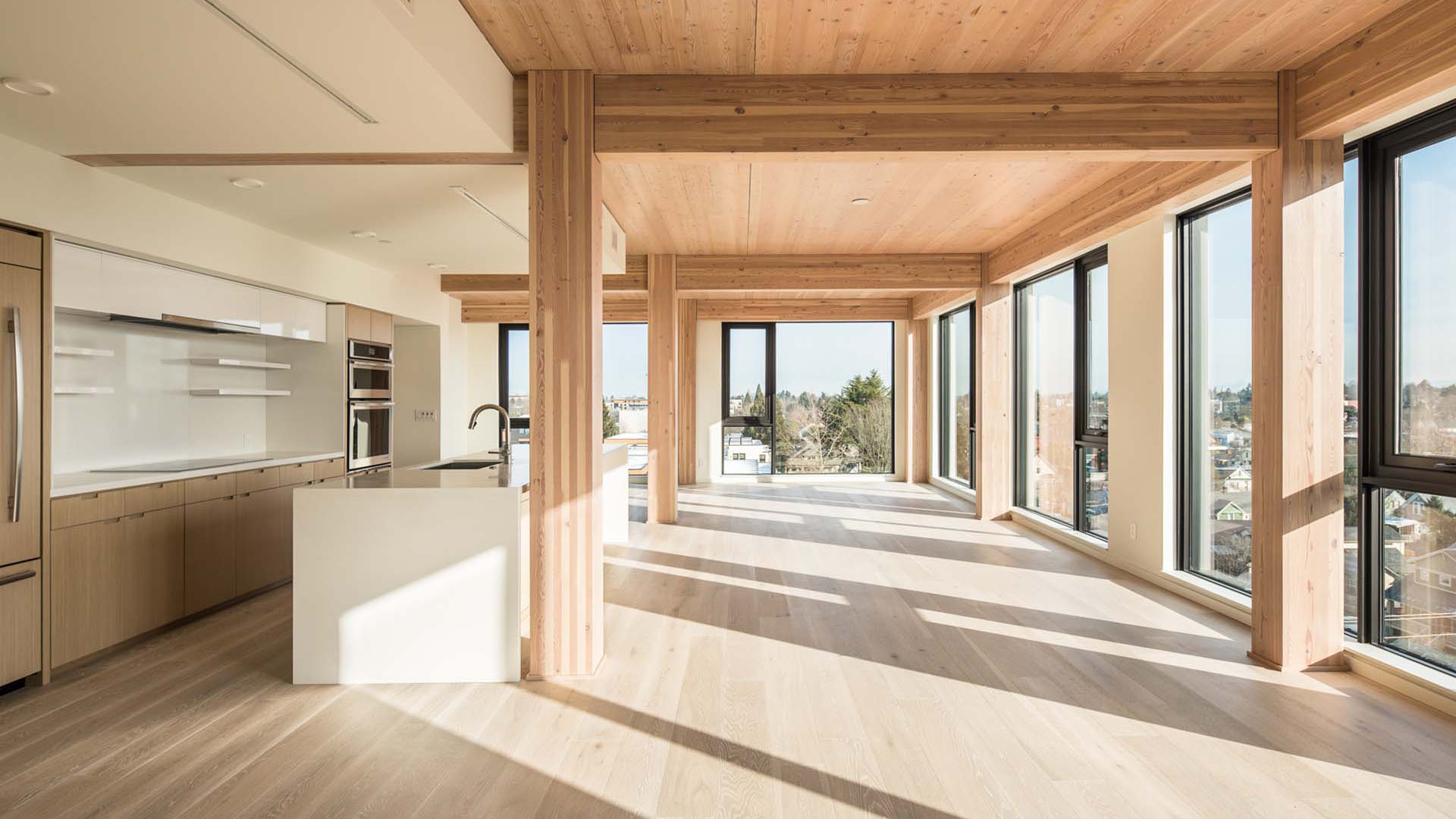
People living and working in mass timber buildings are drawn to the beauty of the exposed wood used in the building construction. It connects them with the natural world, which has been shown to help improve their mood, health, productivity and comfort.
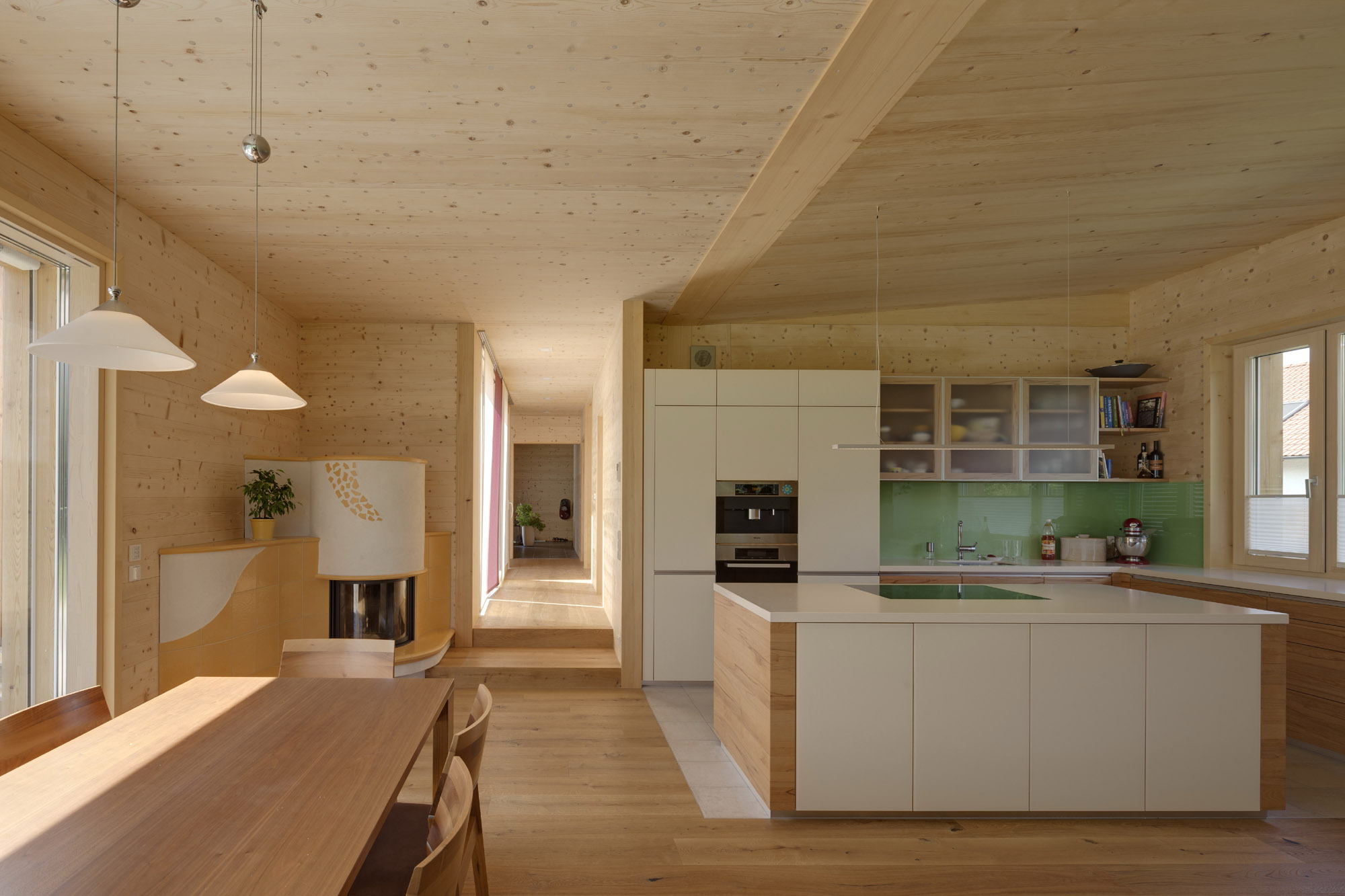
CONSIDERATIONS
Seismic performance – Mass timber has good lateral flexing properties enabling it to withstand earthquakes and wind forces. It is also much lighter than steel or concrete so more stable when exposed to lateral forces.
Fire resistance – Mass timber has been fire tested and rated as safe for occupants. It chars when exposed to heat and flame, thus giving it fire resistant qualities. Its tight structure leaves no room for oxygen to get to it once charred and so it can’t burn.
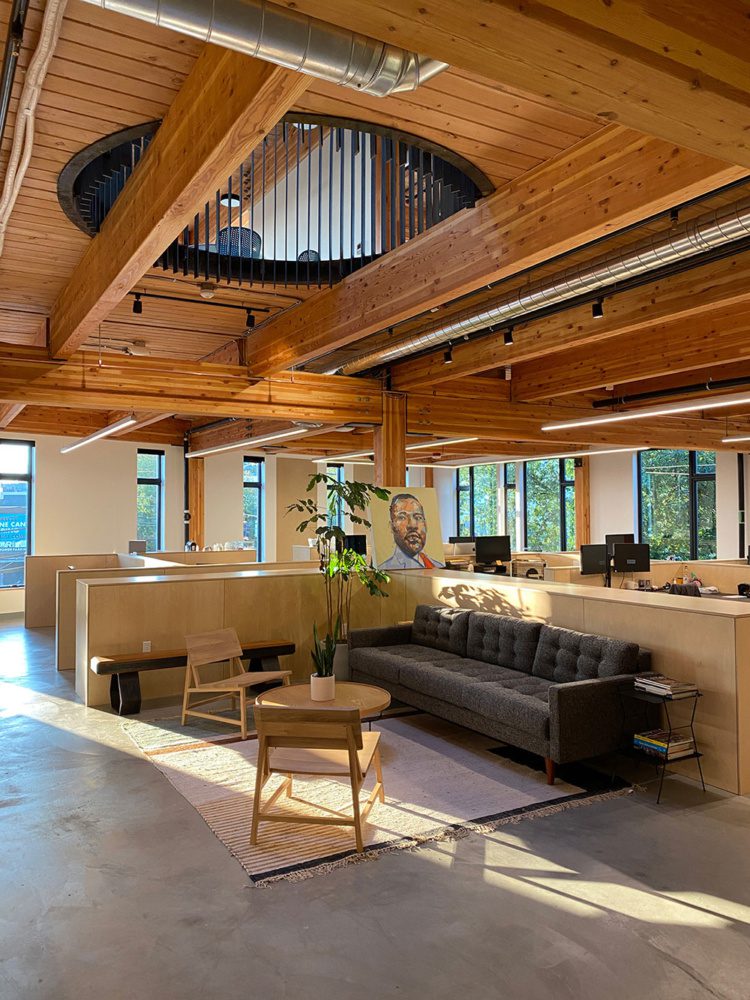
Here is a link to the article looking at the versatility, construction benefits, environmental impacts and health benefits of mass timber where I got my information from.





